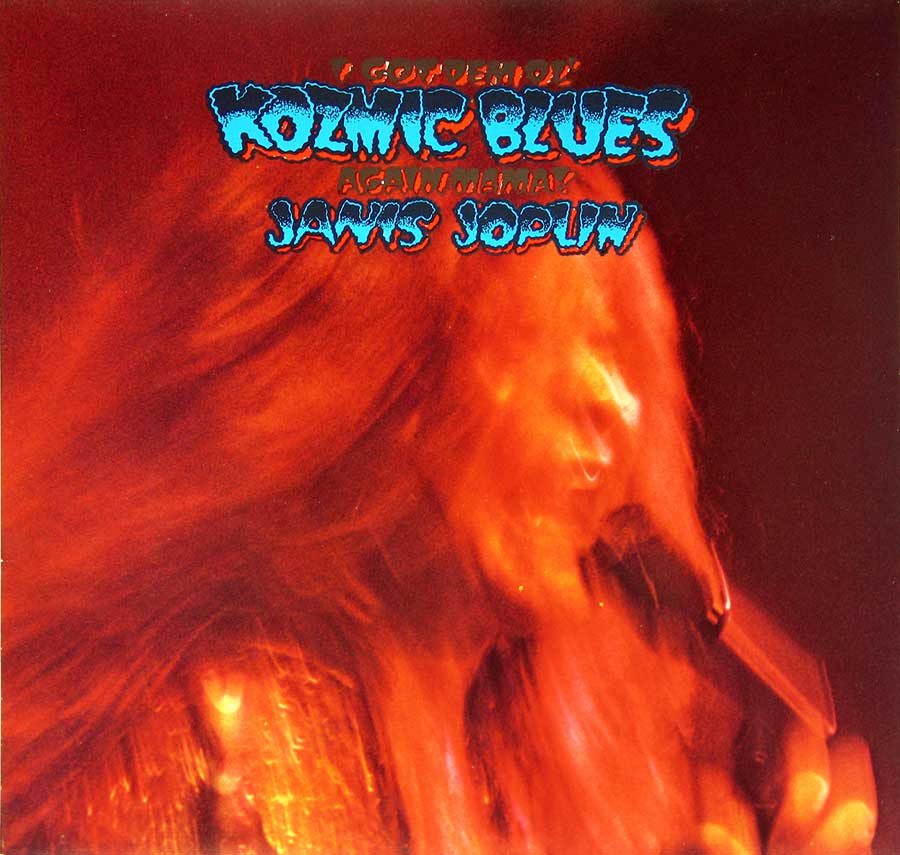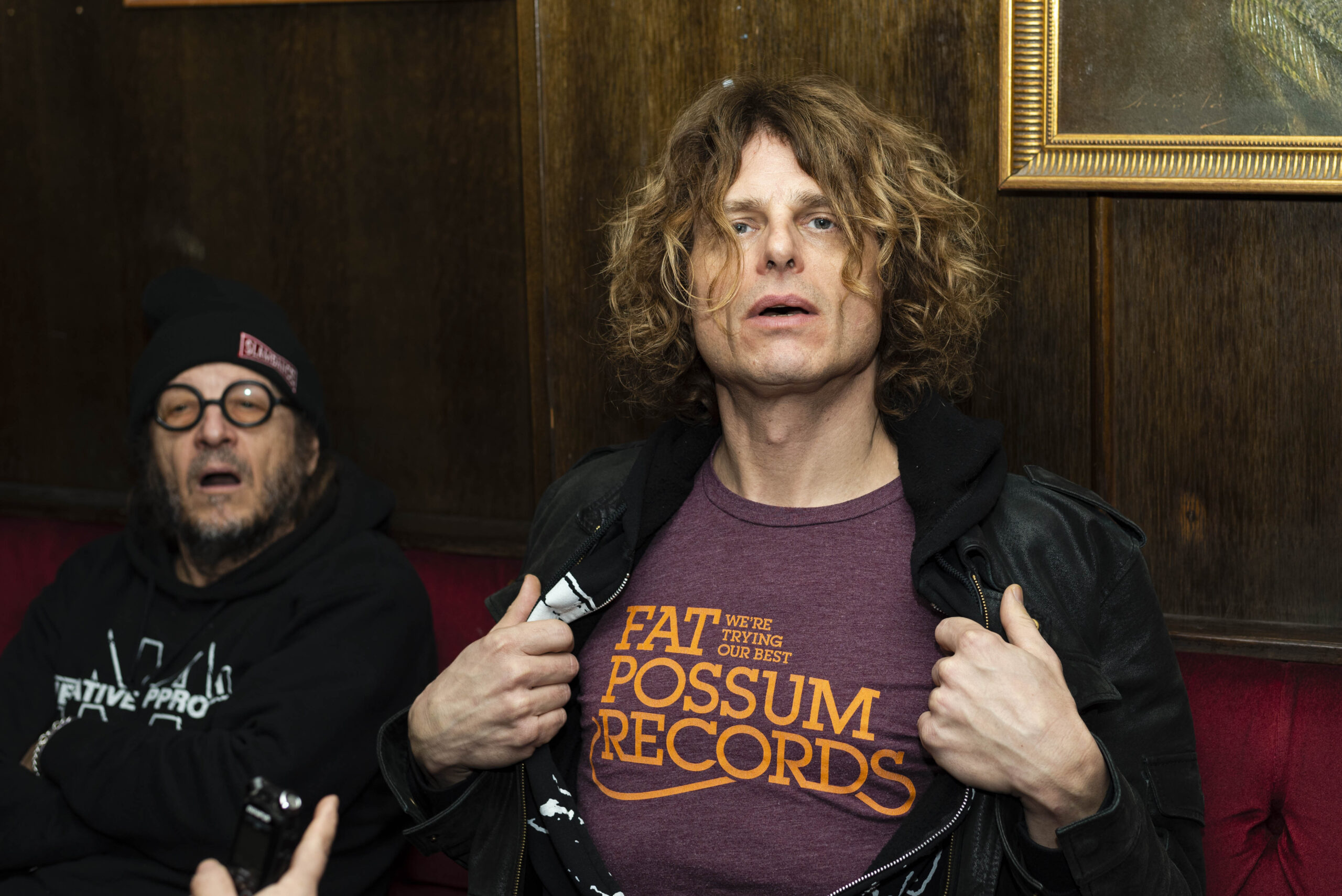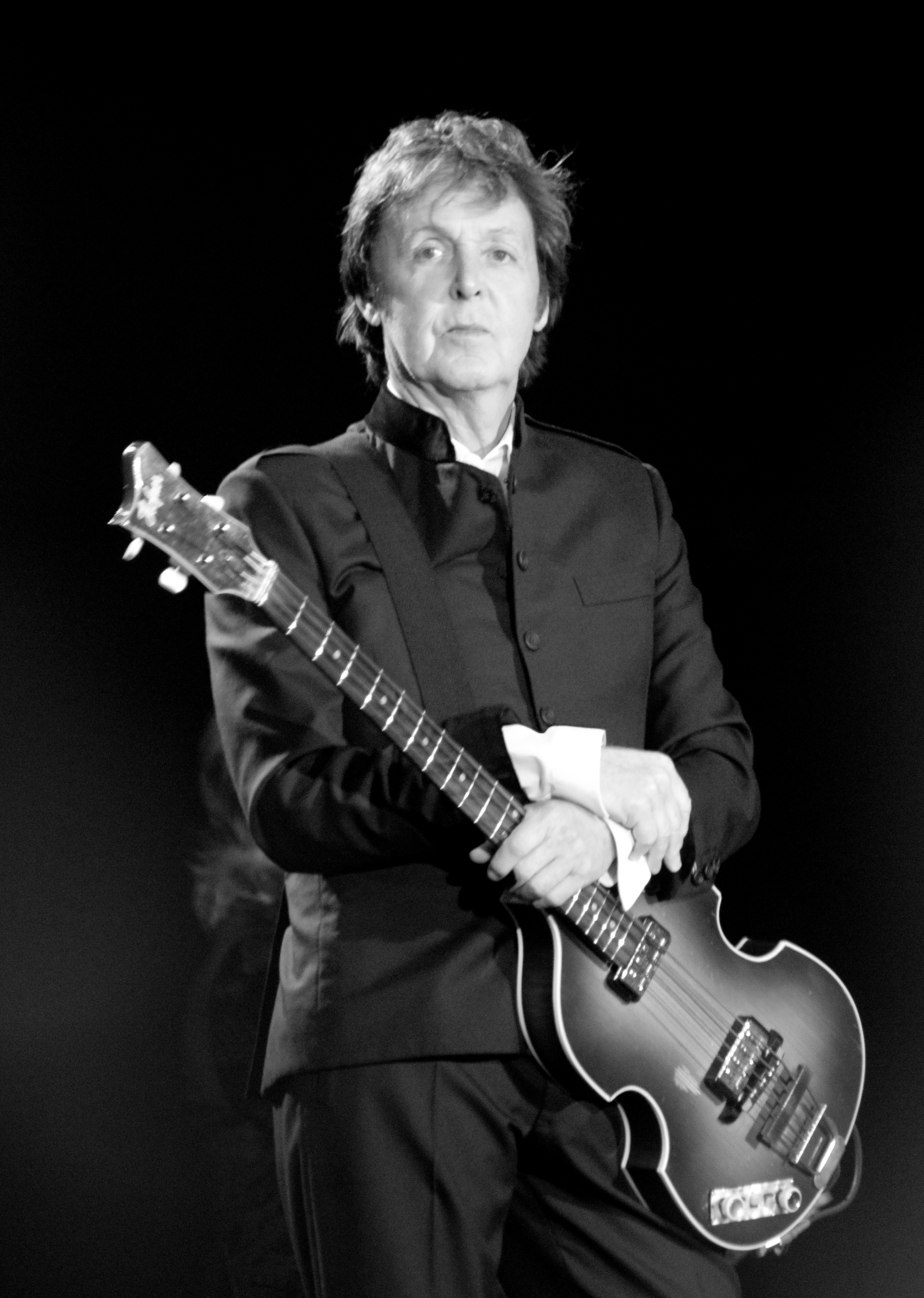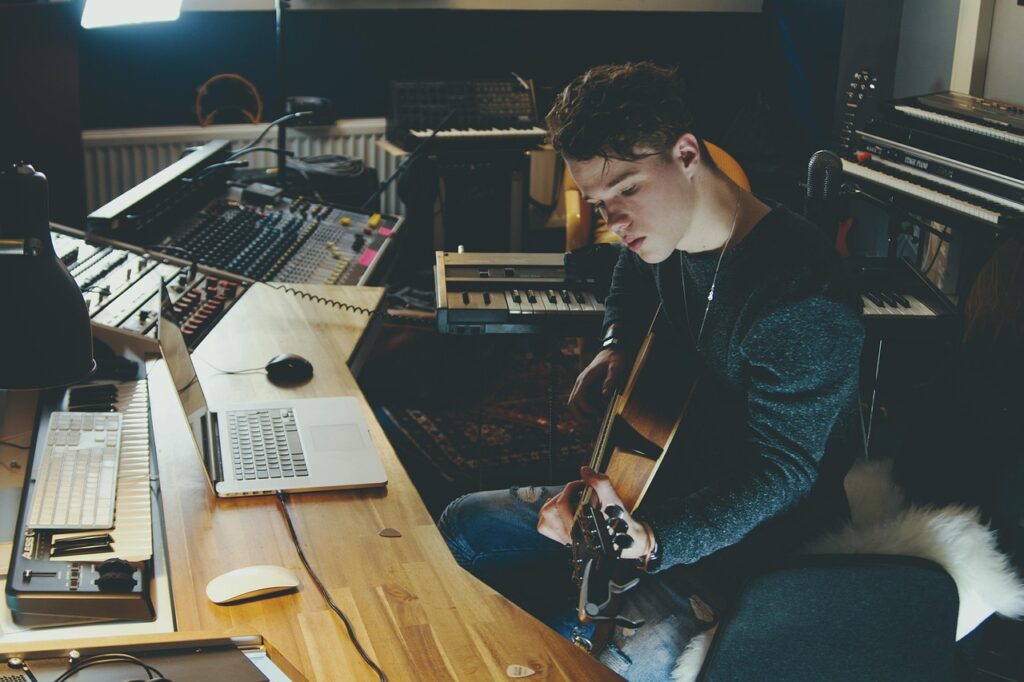
Songwriting, at its core, is a remarkable blend of creativity, raw emotion, and refined technique. While it often appears as a mystical flash of genius, the journey from a nascent idea to a chart-topping anthem is, in reality, a disciplined and often painstaking process. Yet, even in this intricate art form, legendary musicians have developed surprisingly simple and efficient ways to channel their inspiration, often bringing ideas to life with astonishing speed and impact. It’s about more than just putting words to music; it’s about conveying a message or telling a story in an authentic way that resonates deeply with audiences across generations.
Indeed, the creation of a hit song, a melody and lyric combination that truly captivates millions, is a testament to an intricate dance between creativity and craft. Fleeting thoughts are meticulously molded into cohesive structures, polished for maximum impact, and ultimately delivered to an eager audience. Understanding the songwriting process reveals that it is not a linear path, but rather a cyclical one, often involving iteration, collaboration, and a willingness to refine and revise. It’s a craft that combines lyrical storytelling, melodic invention, and harmonic foundation, all while considering the emotional arc and potential appeal to listeners.
From the poetic narratives of folk legends to the infectious hooks of pop icons, these artists have harnessed specific approaches that make their music resonate. We’ve gathered insights from some of the most influential songwriters in history and modern-day titans to uncover 13 simple yet incredibly effective ways they develop their craft—techniques that can help you transform your own ideas into compelling songs, perhaps even in under an hour. These aren’t just abstract concepts; they are actionable strategies that empower you to be more efficient, productive, and effective in your daily songwriting endeavors.
1. **Embracing Urgency and Spontaneity (Bob Dylan)**Bob Dylan’s songwriting is often celebrated for its profound lyrical content and poetic quality, yet his process also highlights the power of immediate capture. Dylan famously approached his initial drafts with a sense of urgency and spontaneity, letting ideas flow freely without immediate self-censorship. This method allows the raw, unfiltered essence of an idea to emerge quickly, forming a solid foundation for what will later become a meticulously honed piece.
His ability to weave complex narratives and social commentary into his songs has made him an enduring figure in music history, and this urgency is key to getting those initial, powerful thoughts down. For Dylan, lyrics are more than just words; they are a form of storytelling that reflects the zeitgeist of the times, and capturing that zeitgeist often requires speed.
While his final versions underwent extensive revision, the initial burst of spontaneous creation was crucial. For example, his song “Like a Rolling Stone” underwent numerous revisions before reaching its final form. Yet, the raw, confrontational lyrics that make it so impactful likely originated from that initial, urgent outpouring of thought and emotion, demonstrating how a quick, spontaneous start can lead to timeless art.
This technique emphasizes trusting your immediate creative impulses. Don’t overthink the initial output; simply get the core idea, feeling, or narrative down. It’s about letting the inspiration dictate the pace, ensuring that the freshness of the moment is preserved before the critical mind takes over. This spontaneity is a powerful catalyst for authentic expression.

2. **Mastering Minimalism for Profound Impact (Leonard Cohen)**Leonard Cohen, a poet before he was a musician, mastered the art of conveying deep emotions and existential themes through sparse, minimalistic language. His songwriting isn’t about complexity for complexity’s sake; it’s about distillation—reducing ideas to their most potent form. This approach can be incredibly efficient, as it forces clarity and focus from the outset, enabling quicker development of impactful lyrics.
His song “Hallelujah” exemplifies his skill in blending simplicity with profound meaning. The song’s initial release had many verses, but Cohen famously pared it down to create a more focused and powerful piece. This process of intentional reduction is a powerful technique for any songwriter, enabling them to quickly identify the core message and eliminate anything that detracts from it.
Cohen’s process involved a deep engagement with language and spirituality, distilling his thoughts into concise, evocative lines. By doing so, he created music that remains both contemplative and impactful, demonstrating that less can indeed be more. This isn’t about writing less, but about writing *smartly*—choosing words that carry maximum weight and emotion, which can often be a faster route to powerful expression than verbose prose.
For a songwriter aiming for speed, this technique means focusing on the essential emotional arc and message. What is the absolute core of what you want to say? Stripping away extraneous detail can rapidly reveal the heart of a song, making it more immediate and universally relatable. It’s a deliberate choice to prioritize clarity and emotional resonance over elaborate lyrical structures, a choice that often accelerates the path to a finished piece.

3. **Prioritizing Catchy Melodies (Paul McCartney)**Paul McCartney, one half of the legendary Lennon-McCartney duo, is renowned for his innate ability to craft instantly memorable melodies. His approach often begins with melody creation, recognizing that a compelling tune can be the most immediate way to captivate an audience. For quick songwriting, starting here can provide an immediate framework around which lyrics and harmonies can rapidly coalesce.
McCartney would hum or play around with musical ideas until he found something compelling, a testament to the organic yet efficient nature of his process. His hit “Yesterday,” initially titled “Scrambled Eggs,” showcases this melodic prowess, demonstrating how a simple, unforgettable melody can be the genesis of a universally resonant song. The melody itself became the driving force, a quick foundation upon which the lyrical narrative could be built.
His knack for melody was complemented by his ability to craft harmonically rich and emotionally resonant music. However, the initial spark often came from the tune, a highly accessible entry point for songwriting. This method allows for a swift laying down of the musical backbone, making the subsequent lyrical development a process of fitting words to an already engaging sound.
For aspiring songwriters, this means focusing on a strong, repeatable melodic phrase—a hook—early in the process. Don’t get bogged down in lyrics first if a melody is striking you. Capture that melody, even if it’s just a hummed phrase, and then build the harmonic and lyrical elements around it. This melodic-first approach can significantly accelerate the initial composition phase, as the music itself provides a powerful emotional and structural guide.
4. **Innovating with Harmonic Experimentation (Stevie Wonder)**Stevie Wonder’s songwriting is distinguished by its harmonic richness and innovative use of musical elements. His approach often involves complex chord changes and unconventional song structures, showcasing a willingness to experiment. While ‘complex’ might not sound ‘simple’ or ‘quick,’ Wonder’s process emphasizes improvisation and a deep understanding of musical theory, allowing for rapid, intuitive experimentation that yields unique results.
For instance, in his song “Superstition,” Wonder used a funky clavichord riff combined with intricate harmonic progressions to create a unique sound. This wasn’t a slow, deliberate theory exercise; it was an experimental, improvisational act rooted in his deep musical knowledge, allowing him to quickly discover and combine elements into something fresh and exciting. His experimentation is a form of rapid prototyping in music.
Wonder’s process was highly experimental, blending various genres and creating complex yet accessible music that has made his work influential and enduring. This ability to fuse different musical ideas quickly through improvisation means that the ‘experimentation’ itself is a fast-paced creative act, not a drawn-out one. He lets the instrument guide him, playing with chord changes until something clicks.
For songwriters looking to inject originality, this technique involves diving into instrumental play with an open mind. Don’t be afraid to experiment with different chord progressions and unusual voicings. A unique harmonic choice can quickly define the mood and direction of a song, and through rapid improvisation, you can stumble upon groundbreaking musical ideas much faster than through painstaking theoretical composition. It’s about letting your fingers or voice explore new sonic territories swiftly.

5. **Drawing from Personal Reflection (Joni Mitchell)**Joni Mitchell’s songwriting is celebrated for its emotional depth and personal reflection, directly channeling her experiences and observations into her music. This approach, while deeply personal, offers an immediate and authentic source of material, which can accelerate the lyrical process by removing the need to fabricate narratives. Genuine feelings provide a readily available wellspring of content.
Her ability to convey intimate emotions and personal experiences through her music has made her an iconic figure. Mitchell’s song “A Case of You” exemplifies her skill in blending lyrical vulnerability with rich musical textures. The song’s introspective lyrics and nuanced melody capture a sense of emotional complexity that resonates deeply with listeners, all stemming from her own life.
Mitchell’s songwriting process was often deeply personal, drawing from her own experiences, emotions, and observations of the world around her. This direct connection to personal narrative means that the ‘idea’ for a song is often already fully formed in her lived experience, needing only to be translated into words and music. This can be a remarkably fast way to generate compelling content, as the emotional truth is already present.
For aspiring songwriters, embracing your emotions and personal experiences creates authentic, relatable songs that resonate with listeners. Instead of searching for external inspiration, look inward. What are you feeling right now? What happened today? Tapping into these immediate, genuine feelings can provide a rapid pathway to poignant and powerful lyrics, making the songwriting process feel less like invention and more like honest expression.

6. **Fusing Genres and Emotional Range (Prince)**Prince was known for his eclectic approach to songwriting, an artist who masterfully blended genres and explored a wide range of emotions within his music. His process involved a deep engagement with multiple genres and a remarkable willingness to experiment, often leading to a prolific output. This ability to quickly combine disparate elements allowed him to create innovative and enduring music with incredible speed and fluidity.
His song “Purple Rain” stands as a testament to his ability to fuse rock, pop, and soul into a cohesive and emotionally charged piece. The powerful guitar solos and heartfelt lyrics showcase Prince’s range as a songwriter and performer, all part of a creative flow that saw him constantly recording numerous tracks and revisiting ideas to perfect them. This iterative, experimental approach is a form of rapid development.
Prince’s prolific output suggests that he didn’t dwell on perfection for too long in the initial stages; rather, he captured ideas as they came, experimenting with how different styles could intertwine. His ability to blend different musical styles while maintaining emotional authenticity made his music innovative and enduring, often finding unique combinations that felt fresh and immediate.
For songwriters, this technique encourages creative bravery and a quick-fire approach to genre blending. Don’t be afraid to pull elements from rock, R&B, funk, or pop into a single idea. By rapidly experimenting with these fusions, you can discover a unique sound that stands out. It’s about being open to diverse musical influences and trying out unconventional combinations swiftly, seeing what sparks an interesting emotional or sonic texture. This rapid experimentation can quickly lead to innovative and impactful compositions.
Mastering collaborative and rapid-fire songwriting strategies is where many modern hits find their stride. This section delves into seven additional techniques, highlighting the power of teamwork, systematic idea development, and quickly capturing inspiration, as practiced by today’s chart-topping artists. These aren’t just abstract concepts; they are actionable strategies that empower you to be more efficient, productive, and effective in your daily songwriting endeavors. From dynamic duos to artists who capture fleeting thoughts in an instant, these methods show that speed and collaboration can be a songwriter’s best friends.
7. **The Power of Collaborative Synergy (Elton John & Bernie Taupin)**One of the most enduring songwriting partnerships, Elton John and Bernie Taupin exemplify how collaboration can accelerate and enrich the creative process. Their dynamic involved a distinct division of labor: Taupin would provide evocative lyrics, often quickly, and John would then craft melodies that brought those words to vivid life. This seamless exchange of ideas allowed them to bypass common roadblocks, turning individual creative sparks into fully realized songs with remarkable speed and consistency.
Their method underscores that you don’t always have to be a one-person show. By entrusting a key component of the song—be it lyrics or melody—to a trusted partner, you can significantly reduce the time spent on areas outside your primary strength. This specialized approach ensures that each element of the song is handled by an expert, leading to a higher quality output in a shorter timeframe, as seen in timeless hits like “Rocket Man” and “Your Song.”
For aspiring songwriters, this means considering the strengths of potential collaborators. If you excel at melody but struggle with lyrics, finding a strong lyricist can be a game-changer. This synergy doesn’t just speed up the process; it also introduces fresh perspectives and ideas, making the overall creation more robust and diverse than what one person might achieve alone.

8. **Capturing Spontaneous Musical Flow (H.E.R.)**H.E.R.’s approach to songwriting is a masterclass in spontaneous creation, demonstrating how letting the music lead can result in rapid and authentic lyrical output. She famously articulated, “There is no plan. We’re just going with it. We’re letting the music dictate what feels right. We’re letting the music take us to whatever place that it’s supposed to go.” This philosophy emphasizes surrendering to the immediate sonic landscape, allowing melodies and chord progressions to inspire the lyrical narrative without pre-conceived notions.
This technique is incredibly efficient because it bypasses the mental block of staring at a blank page. Instead of forcing a theme or story, H.E.R. taps into the inherent emotion and rhythm of the instrumental track. The music becomes a conversation partner, guiding her to the right words and sentiments that organically fit the sonic mood. This makes the lyrical development feel less like work and more like an intuitive discovery.
For songwriters aiming for speed and authenticity, this means hitting play on a track—whether it’s a beat, a chord progression, or a melody you’ve laid down—and simply letting your voice or mind freestyle over it. Don’t censor; just allow the words to flow. Record everything, even if it’s imperfect. The raw, spontaneous output often contains the most genuine lyrical gems, which can then be quickly refined into a cohesive song. It’s about trusting the moment and letting the music unlock your inner voice.

9. **Matching Musical and Lyrical Ideas (John Mayer)**John Mayer reveals a remarkably systematic yet efficient method for songwriting, comparing it to “matching socks.” He meticulously aligns musical concepts with lyrical ideas, ensuring a perfect fit between the two. This isn’t about rigid adherence to a formula, but rather a deliberate process of comparison and alignment that, when mastered, can quickly lead to a unified and impactful song.
Mayer explains it as a “very mathematical process… of taking an idea… taking a musical idea, comparing with a verbal idea, lyrical idea, you keep going, you keep going… at some point you’ve either written something amusing or a lot of times I’ll just blurt something out, and I’ll go…oh that’s a thing…” This iterative comparison allows for rapid prototyping of ideas, swiftly identifying combinations that resonate and discarding those that don’t, thereby streamlining the creative journey.
The essence of this technique lies in finding the congruence where “the music sounds like the lyrics, and the music and the lyrics together sound like the idea, and the music and the lyrics and the idea sound like the singer, then you got a song.” This holistic alignment ensures that every component serves the central theme, making the song cohesive and powerful. By actively seeking this synergy, songwriters can avoid disjointed pieces and accelerate towards a fully formed, impactful composition.
Practically, this means generating multiple musical snippets and lyrical fragments concurrently. Then, actively play with different combinations, listening and feeling for the ‘click’ where they perfectly complement each other. This focused experimentation can rapidly converge on strong core ideas, leading to quicker development of a song where every element feels intentional and harmonious.
10. **Building Quickly from Melodic Seeds (Charlie Puth)**Charlie Puth’s songwriting process highlights the immense power of starting with a compelling melody and rapidly building the foundational harmonies around it. His method prioritizes capturing a striking melodic idea instantly, then efficiently underpinning it with chords, demonstrating a fast-paced yet methodical approach to composition. As Puth describes, “I have this like melody in my head that I want to start with, then I’ll put the chords underneath the melody. I want to just get this down before I forget it.”
This technique is particularly effective for fast songwriting because a strong melody often dictates the emotional core and structural direction of a song. Once that initial melodic spark is captured, quickly adding complementary chords provides an immediate harmonic context. This rapid assembly of melodic and harmonic foundations creates a solid skeleton, allowing for swift lyrical development and arrangement without losing the initial inspiration.
Puth’s emphasis on getting the idea down before it’s forgotten is crucial for any songwriter aiming for efficiency. Ideas can be fleeting, and the ability to quickly translate a mental melody into a tangible musical phrase, supported by basic chords, prevents valuable inspiration from slipping away. This proactive capture ensures that the core of the song is secured early in the process.
For those looking to write songs quickly, try humming or playing any compelling melodic phrase that comes to mind, then immediately experiment with simple chord shapes that support it. Don’t worry about perfection initially; the goal is to quickly establish the core musical idea. This melodic-first approach, combined with rapid harmonic building, can significantly accelerate the initial composition phase, leading to a coherent musical idea in minutes rather than hours.
11. **The Mood-Driven, Rapid-Fire Approach (The-Dream)**The-Dream, a prolific songwriter behind many chart-topping hits, illustrates that some of the most impactful songs are born from a swift, mood-driven creative process rather than prolonged deliberation. He notes, “Usually those songs that take a small amount of time are usually the bigger ones because you’re not thinking about it, it’s just a mood.” This highlights the efficiency of tapping into an immediate emotional or atmospheric state and allowing it to dictate the direction of the song.
His method involves quickly internalizing the artist’s persona and audience, almost “calculating what Beyonce should say to everybody if you were Beyonce,” as he described his approach to a hit song. This rapid empathy and contextual understanding allow him to craft highly relatable and impactful lyrics on the fly, transforming a common “coffee table conversation” into a universally resonating anthem, such as the iconic “If you like then you shoulda put a ring on it.”
The efficiency of this technique stems from its immediacy. By embracing the “mood” and rapidly understanding the narrative from the artist’s perspective, The-Dream minimizes overthinking and maximizes intuitive creation. This allows for a direct translation of feeling and concept into catchy, relevant lyrics that connect with listeners because they feel authentic and timely.
For songwriters, this means trusting your gut feeling about a specific mood or a relatable scenario. Dive into the emotional atmosphere, envisioning the story or message through the eyes of the intended vocalist or audience. This rapid immersion can trigger spontaneous lyrical and melodic ideas that perfectly encapsulate that mood, leading to quick and potent song development.
12. **Instant Idea Capture on the Go (Taylor Swift)**Taylor Swift’s songwriting process is a testament to the importance of capturing inspiration the moment it strikes, regardless of location or circumstance. Her discipline in immediately recording ideas, whether through notes or voice memos on her phone, is a cornerstone of her prolific output and an invaluable lesson for any aspiring songwriter looking for efficiency. As she explains, “No matter where I am, 4 in the morning or in the middle of a conversation, I’ll get an idea, and have to record it into my cell phone.”
This immediate capture prevents valuable creative thoughts from being lost to the fleeting nature of memory. By making her phone an extension of her creative process, Swift ensures that every compelling lyric, melody, or thematic concept is preserved for later development. This quick action is not about writing a complete song on the spot, but rather about securing the raw material that can quickly be expanded into a full composition.
The efficiency of this method lies in its accessibility and spontaneity. Inspiration rarely adheres to a schedule or a dedicated writing session. By being prepared to capture ideas instantly, songwriters can maintain a continuous flow of creative input. These fragmented notes then serve as powerful springboards, allowing for a faster and more focused start when dedicated writing time becomes available.
To implement this, always have a means of capturing ideas readily available – be it a smartphone, a small notebook, or a voice recorder. Train yourself to stop and jot down or record any promising thought, phrase, or melody immediately. This practice ensures that you build a rich reservoir of starting points, making the transition from idea to draft much quicker and more productive.
13. **Freestyle from Emotional Chords (SZA)**SZA’s songwriting method highlights a powerful, instinctual approach rooted in emotional honesty and musical improvisation. She largely freestyles her work, letting the chord progressions and inherent feelings guide her lyrical and melodic choices. As SZA puts it, “Honesty usually comes from the moments that you’re not thinking about. And because I freestyle like 95% of my work, its all kind of just coming from like a feeling place, like wherever I feel, whatever these chords make me feel etc., and then I just speak my piece over that.”
This technique is incredibly efficient for expressing genuine emotion because it bypasses the analytical mind. By responding directly to the musical backdrop, SZA allows her authentic self to emerge, translating raw feelings into lyrics and vocal melodies without the delay of conscious composition. This free-flowing improvisation captures an honesty that often resonates deeply and instantly with listeners.
The speed of this method comes from its unfiltered nature. There’s no pressure to craft perfect lines or complex structures in the initial phase. It’s about channeling the immediate emotional response to the music into vocalization. This rapid outpouring often yields unique phrases, unexpected melodic turns, and deeply personal narratives that can then be quickly shaped and refined.
For songwriters seeking a fast track to emotional depth, try sitting with an instrument or a beat and simply improvising. Let your voice or internal monologue respond to the chords and rhythm. Don’t judge; just let the feelings flow into words and sounds. Record these freestyle sessions, as they often contain the core emotional truth and unique melodic ideas that can form the basis of a compelling song in a surprisingly short amount of time.
**Final Thoughts: Unleashing Your Inner Songwriting Maestro**
The songwriting processes of these iconic musicians, both legendary and contemporary, reveal a rich tapestry of creativity, efficiency, and profound connection. From Bob Dylan’s spontaneous outpourings to Taylor Swift’s meticulous idea capture, and the collaborative brilliance of Elton John and Bernie Taupin, each artist demonstrates that while inspiration is key, disciplined practice and strategic techniques are what truly transform fleeting ideas into enduring anthems. There’s no single ‘right’ way to write a song in under an hour; rather, it’s about finding the methods that resonate with your individual creative flow and personal style.
Whether you’re just starting your songwriting journey or looking to refine your craft, remember that the most impactful songs are often born from a blend of artistic vision, emotional authenticity, and a willingness to experiment. By embracing urgency, leveraging collaboration, and systematically developing your ideas, you can unlock your potential to create music that not only captivates listeners worldwide but also stands the test of time. So, grab your instrument, open your notes app, and let your unique voice soar – your next hit might be just an hour away. The power to create is literally at your fingertips; it’s time to make some magic.









